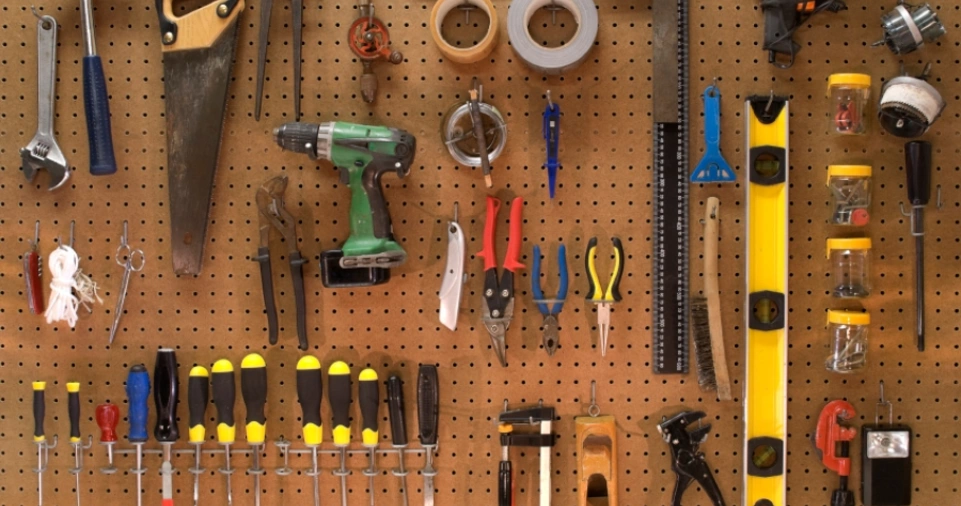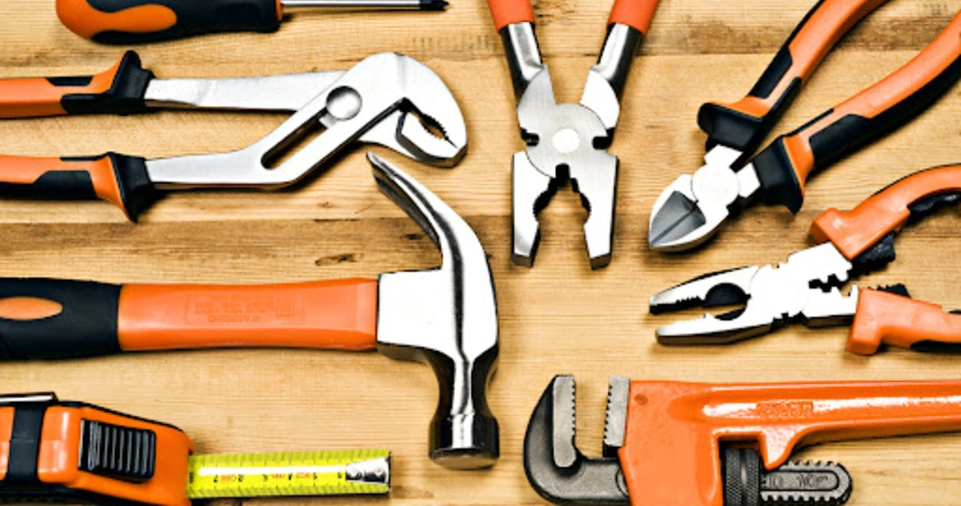Power tools are essential for any DIY enthusiast, whether you’re a beginner or an experienced craftsman.
Choosing the right tools can make your projects easier, safer, and more efficient. This comprehensive guide will help you understand the different types of power tools, their uses, and how to select the best ones for your DIY needs.
Additionally, we will cover advanced tips, maintenance, safety precautions, and expert recommendations.
Understanding Your DIY Needs
Before purchasing any power tools, it’s crucial to assess your DIY requirements. Consider the following:
- Project Type: Are you working on woodworking, metalworking, home renovation, or general repairs?
- Frequency of Use: Do you need tools for occasional use or daily projects?
- Skill Level: Are you a beginner or an experienced DIYer?
- Budget: How much are you willing to spend on power tools?
Table: Power Tools Based on DIY Needs
| DIY Need | Recommended Power Tools |
|---|---|
| Basic Repairs | Cordless drill, screwdriver, jigsaw |
| Woodworking | Circular saw, router, orbital sander |
| Metalworking | Angle grinder, metal drill press |
| Home Renovation | Hammer drill, reciprocating saw, planer |
| Advanced DIY | Table saw, compound miter saw, nail gun |
| Electrical Work | Rotary tool, heat gun, soldering iron |
| Plumbing | Pipe cutter, basin wrench, power auger |
ALSO READ: How to Start a Low-Maintenance Garden?
Types of Power Tools and Their Uses

Drills and Drivers
- Cordless Drill: Ideal for drilling holes and driving screws.
- Impact Driver: Provides more torque for tough fastening jobs.
- Hammer Drill: Suitable for drilling into concrete and masonry.
- Rotary Hammer: Heavy-duty tool for professional masonry drilling.
Saws
- Circular Saw: Best for cutting wood, plywood, and sheet materials.
- Jigsaw: Perfect for intricate and curved cuts.
- Reciprocating Saw: Good for demolition and cutting through various materials.
- Table Saw: Essential for precision cuts in woodworking projects.
- Miter Saw: Great for making angled and crosscuts.
- Band Saw: Suitable for precise curved cuts in wood and metal.
Sanders and Grinders
- Orbital Sander: Used for smooth finishing on wood and paint removal.
- Belt Sander: Ideal for heavy-duty sanding and leveling surfaces.
- Angle Grinder: Perfect for cutting, grinding, and polishing metal.
- Bench Grinder: Essential for sharpening tools and grinding metal.
Other Essential Power Tools
- Router: Creates decorative edges and precise cuts in wood.
- Planer: Flattens and smoothens wood surfaces.
- Nail Gun: Speeds up fastening tasks for framing and carpentry.
- Heat Gun: Used for stripping paint, bending plastic, and thawing pipes.
- Rotary Tool: Great for engraving, polishing, and detailed cutting.
Corded vs. Cordless Power Tools
Power tools come in corded and cordless versions. Each has its advantages and disadvantages.
Table: Comparison of Corded vs. Cordless Tools
| Feature | Corded Tools | Cordless Tools |
|---|---|---|
| Power | Higher, constant power supply | Limited by battery capacity |
| Portability | Limited mobility (requires plug) | Highly portable |
| Weight | Lighter (no battery weight) | Heavier due to battery |
| Best For | Long projects, heavy-duty tasks | Quick, on-the-go jobs |
| Battery Dependency | Not applicable | Needs recharging |
Factors to Consider When Choosing Power Tools

Quality and Brand Reliability
Invest in tools from reputable brands like DeWalt, Bosch, Makita, Milwaukee, Ryobi, and Festool. Quality tools last longer and provide better performance.
Power and Performance
Check the voltage (V) for cordless tools and amp rating (A) for corded tools. Higher ratings indicate more power.
Safety Features
Look for features like:
- Electric brakes (stops the blade quickly)
- Soft-start motors (reduces startup kickback)
- Overload protection (prevents overheating)
- Dust collection systems (improves workspace cleanliness)
Comfort and Ergonomics
Choose tools with:
- Comfortable grip handles
- Lightweight designs for reduced fatigue
- Balanced weight distribution
- Anti-vibration technology
Battery Life and Compatibility
For cordless tools, opt for lithium-ion batteries (longer life and fast charging). Check if batteries are interchangeable between tools of the same brand.
Price and Warranty
Compare prices across brands and look for tools with warranties of at least 1-3 years.
ALSO READ: How to Stage Your Home for a Quick Sale?
Must-Have Power Tools for DIY Beginners
If you’re just starting, these essential tools will cover most DIY projects:
- Cordless Drill
- Jigsaw
- Circular Saw
- Orbital Sander
- Hammer Drill
- Angle Grinder
- Router
- Heat Gun
- Rotary Tool
- Power Screwdriver
Maintenance Tips for Power Tools

Taking care of your tools will extend their lifespan and maintain their efficiency.
- Clean after each use to remove dust and debris.
- Lubricate moving parts regularly.
- Store in a dry place to prevent rust.
- Check and replace worn-out parts like blades and bits.
- Charge batteries properly to avoid degradation.
- Sharpen cutting tools to maintain precision.
When working on plumbing supply-related DIY projects, having the right tools is essential. In addition to power tools like pipe cutters and basin wrenches, you might also need Kohler faucet replacement parts to ensure a seamless repair or upgrade of your plumbing fixtures.
Safety Tips When Using Power Tools
Safety should always be a priority. Follow these precautions:
- Wear protective gear (goggles, gloves, and ear protection).
- Read the user manual before operating any tool.
- Ensure proper grounding for corded tools.
- Keep your workspace clean and organized.
- Use clamps and guides for stability.
- Keep tools away from children and store them securely.
- Check power cords and batteries for damage before use.
ALSO READ: How to Choose the Best Materials for Outdoor Spaces?
Conclusion
Selecting the right power tools for DIY projects involves understanding your needs, comparing different tool types, and considering quality, power, safety, and price.
Investing in high-quality tools and maintaining them properly will ensure that your DIY projects are successful and enjoyable.
Whether you’re a beginner or an experienced craftsman, the right tools make all the difference in achieving professional results.






